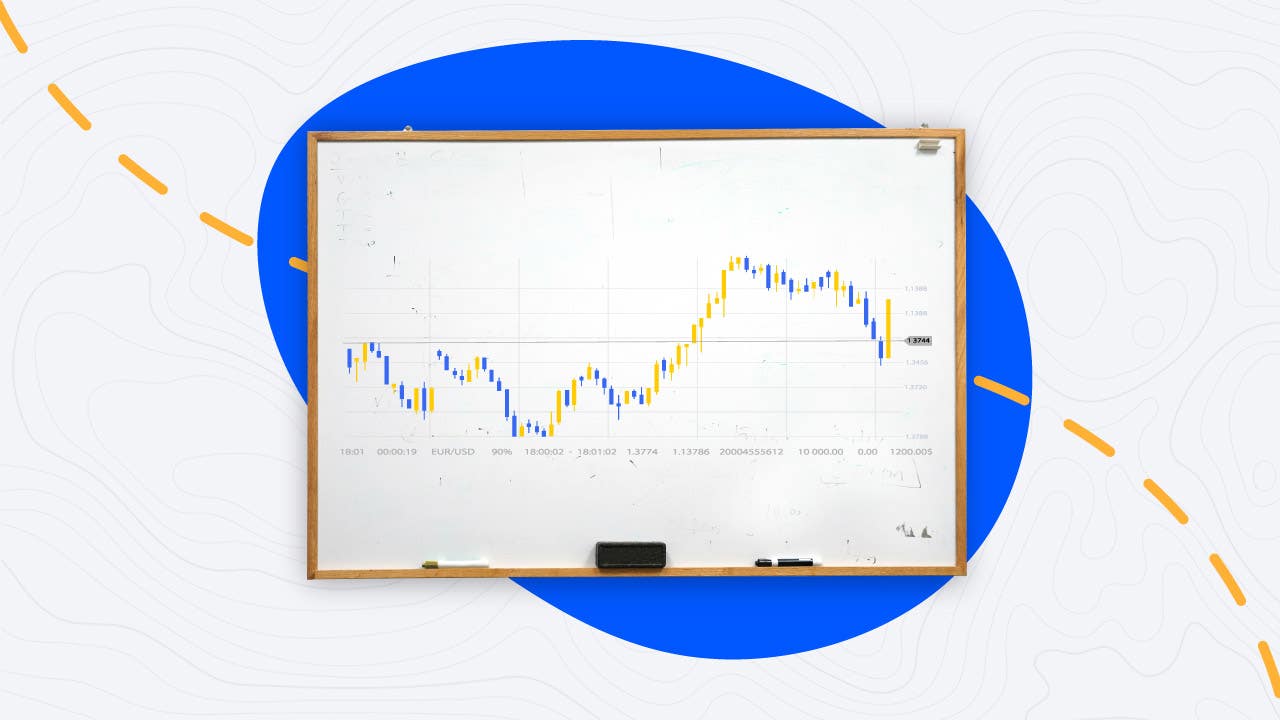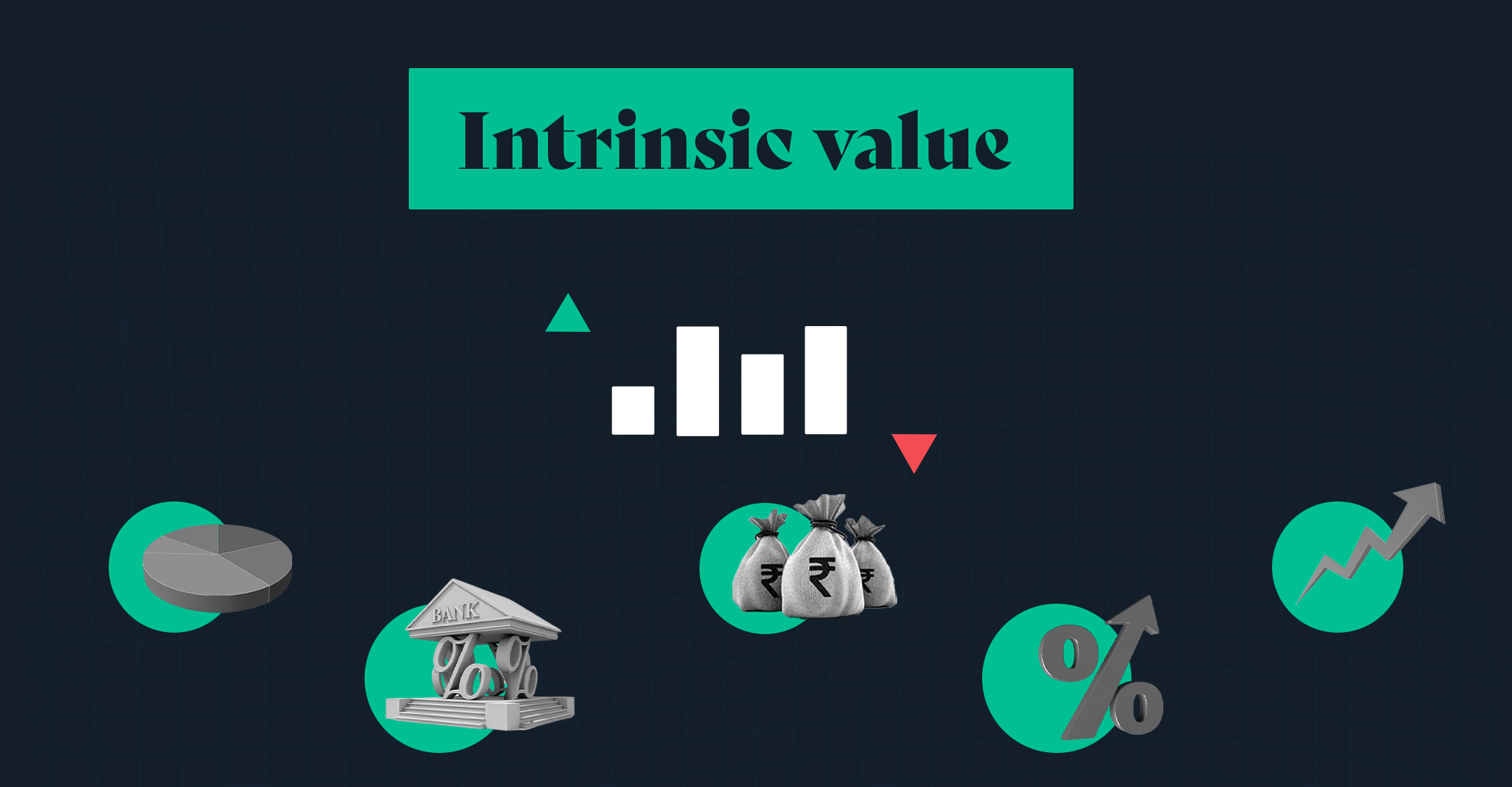When investing in stocks, what should one look for? A guide to invest in 2022

You may be considering making changes to your investment portfolio while you start investing, in light of recent market happenings. Some investors, such as bargain hunters and mattress stuffers, are making hasty investing decisions without considering their long-term financial goals, according to the SEC’s Office of Investor Education and Advocacy. We can’t advise you on managing your financial portfolio in a volatile market, but we can provide you with the knowledge you need.
When it comes to building wealth, one option is to invest. Many people buy stocks as part of their investment portfolio. You are not alone in your effort to learn how to pick stocks. There are hundreds of thousands of different stocks to choose from. Choosing which ones to invest in can be tricky sometimes.
It can be scary to enter the stock market as a new investor. You’re aware that the strategy is to purchase stocks at a low price and then sell them at a higher price later. However, you may be at a loss when buying individual equities.
How do you decide which stocks to purchase and when to buy them? Before you fire the trigger, you should think about a few things.
Before you acquire a stock, there are various things you should think about. After all, you want to invest in a fantastic firm at an excellent price.
But what makes a publicly-traded company a great company, and how can you tell if the price you’re paying is reasonable? How do you know which stocks will work in your portfolio?
Here’s what to look for when buying stock if you determine that individual equities are the way to go for your portfolio:
Find out what the company does by conducting research.

Researching numerous firms is the first step in learning how to pick good stocks. Examine several businesses to learn more about what they do. What industry do they work in? Who are the members of the board of directors? When did they first appear?
Understanding the fundamentals of a company can help you determine if it has the potential to last and generate profits. A company that produces a popular product is likely to succeed in the long run. Examine a company’s services to see if they are likely to be in demand in the future.
Consider several areas of the company’s governance and the company’s operations. This is critical to invest in socially responsible companies concerned about environmental issues, worker safety, and other social problems.
Take a look at the company’s P/E ratio.
To establish whether a company is a good deal compared to others in its industry, look at its price-to-earnings (P/E) ratio. The P/E ratio is a straightforward formula that demonstrates how much investors are willing to pay for each dollar of annual earnings. Investors are willing to pay $10 for every $1 in earnings if a company’s P/E ratio is 10.
Divide the stock price, P, by the earnings, E, to get the P/E ratio. Depending on when you calculate it, this value changes.
Divide the stock’s price by the year’s final profits per share to calculate the P/E ratio based on the market price at the end of the year. The earnings per share figures are usually seen in the company’s yearly financial statements.
Apple (AAPL) had an adjusted stock price (for dividends and splits) of $72.78 on December 31, 2019. In 2019, the earnings per share were $2.97. As a result, AAPL’s P/E ratio was 24.5 as of December 31, 2019.
Most stocks’ current P/E may be found by doing a web search for the stock’s symbol plus the words “stock chart” (e.g., AAPL stock chart), and the top result will show you the current P/E.
Compared to other firms in the same industry, a more excellent P/E ratio can signal that the stock is expensive. A lower P/E for a rising company might also signal value – and a good investment.
Use a company’s beta to calculate its risk.
To determine how volatile a stock has been, look at its beta. In general, beta compares the volatility of a single store to the volatility of the S&P; P 500. A company’s performance over five years differs significantly from the S&P 500. A stock with a beta greater than one is generally riskier.
The beta of lower-risk stocks is smaller than one. A stock’s beta is frequently presented with other information about the store, such as its return and dividend yield.
It’s helpful to have some perspective before delving into beta. A high beta stock that has been outperforming the S&P 500 could potentially provide more significant returns in a shorter period. This could indicate strong portfolio growth. Higher rewards, on the other hand, imply more substantial risk.
On the other hand, something close to 1 can be a smart pick if you’re seeking more stable potential with a company that has performed in line with the S& P 500. A stock that has underperformed the S&P 500 yet has a low beta has a lower risk. However, you will not make as much money as you would with a stock with a higher beta. However, losing all of your money due to volatility is reduced.
Invest in Dividend-Paying Stocks
Another consideration when purchasing stock is the dividend. Dividend-paying stocks provide you with an additional payout on the potential price growth.
A high dividend yield indicates that a stock could provide consistent income. However, very high yields should be avoided at all costs. Higher dividend yields are often utilized to entice investors to invest in a struggling firm. Furthermore, high results may only be transitory.
Look for a stock that pays between 5% and 8% in dividends. Some investors see this amount as a method to generate reasonable dividends without taking on excessive risk. Look at dividend aristocrats as another option. These stocks have increased their dividend distribution every year for at least 25 years, even amid market downturns and recessions. The dividend yield on these stocks may be lower than on other stocks. However, you can be relatively confident that the businesses will remain steady in the long run. These corporations also have a decreased likelihood of cutting their dividends.
Understand how to read stock charts and spot trends.

Charts might be your buddy if you want to learn how to buy individual stocks. Knowing how to read stock charts can help you understand what has happened historically with a stock. You can also see short-term results and possibly spot emerging trends.
Stock charts and trends can help you determine which stocks are performing well and poised for a breakout. There is no perfect strategy to time the market using charts and trends. However, you can still get a sense of how a stock will do in the short and long run.
Long-Term Stock Investing
In some circumstances, buying stocks for the long term makes more sense than picking equities for short-term growth. Look for value when learning how to locate good stocks. Look for equities with metrics that show undervalued – and could potentially rise in value over time.
Determine which companies will be around in the long run. A decent place to start is with dividend aristocrats. Look at a company’s long-term earnings and profit margins. When a company has a track record of making intelligent decisions and responding to market changes, it is more likely to survive for a long time. Trading frequently can lower your overall profits. Trying to time the market might also lead to long-term losses. Consider instead adopting a strategy that allows you to invest in stocks that are likely to be around in the future and will provide consistent returns.
The ratio of Debt to Equity
The debt-to-equity ratio is a metric used by investors to measure how far a company’s debt has stretched. Of course, excessive debt levels are terrible because, like with people, bankruptcy becomes a genuine prospect when a firm is stretched too thin.
Divide a company’s total loans by its total shareholder equity to determine its debt-to-equity ratio. The debt-to-equity ratio with $5 million in debt and $10 million in total shareholder equity is 0.5.
The higher this ratio is, the more leveraged debt the company has. As an investor, you’ll want to buy stocks in companies that don’t use debt excessively, which means companies with a low debt-to-equity ratio are optimal.
Investors strive for less than one debt-to-equity ratio for the lowest risk assets. Any debt-to-equity ratio greater than 2 indicates that the company has huge debts and that the investment is high risk.
Common or Preferred Stock

Companies can issue two primary forms of stock: ordinary stock and preferred stock. The sort of stock you purchase will affect your profit potential and your capacity to recover losses in the case of a business failure. The following is how it works:
- Stock in Common
The most common sort of stock purchased by most investors is common stock. These shares are paid dividends and have a claim on the company’s assets in the case of liquidation if dividends have been declared.
Their claim to assets, however, is last. Bond and preferred stockholders will be paid before ordinary stockholders, which means that regular investors are likely to suffer considerable losses in the case of a liquidation.
- Stock Preferred
Preferred stock is a step up the ladder for the investor. This stock typically has predetermined dividends paid regularly before standard stock payouts. Furthermore, in the case of a liquidation, these investors have a claim to the company’s assets and will be compensated before common stockholders.
As a result, preferred stock has a reduced risk profile and a more significant possibility for earning revenue. On the other hand, select investors give up their power to vote on important issues—furthermore, these shares.
Growth in Revenue and Earnings
You’ll need to invest in expanding companies to make money with stocks. Looking at revenue and profitability is the most excellent method to tell if a business grows.
- Revenue. The total amount of money generated by a company’s operational activity is revenue. When Apple sells an iPhone, for example, the sale price is added to the company’s overall revenue.
- Earnings. After all, expenses have been paid, a company’s earnings are the amount of money it makes. For example, if Apple sells an iPhone for $1,200, it may spend $500 for manufacturing, $25 for client acquisition, and $50 on other sales-related expenses.
The cost of the phone to the corporation is $575 in this case, leaving $625 in earnings for each phone sold.
A corporation that wishes to increase revenue, for example, might spend significantly more on advertising. As a result, its income will increase, but advertising expenditures will reduce profitability, resulting in lower profits.
If a corporation wishes to boost its profits, it may decide to lay off employees or reduce marketing spending.
While this may enhance the company’s earnings for that quarter, revenue will almost certainly decrease. The earnings rise isn’t sustainable without staff and marketing driving revenue growth because sales will slow.
The Organization’s Size
The size of the firm you’re considering investing in determines how much risk you’ll take when you buy it. As a result, you should assess the company’s size before purchasing a stock about your risk tolerance and time horizon.
The market capitalization of a publicly listed firm, or the entire market value of the company’s outstanding shares of stock, is used to determine its size. Here’s how market capitalization and risk are related:
- Small-cap stocks and penny stocks
A penny stock or small-cap stock has a total market capitalization of less than $2 billion. These businesses are relatively new and have little if any, profitability. As a result, they are among the riskiest investments.
- Mid-Cap Securities
The market capitalization of mid-cap stocks ranges from $2 billion to $10 billion. These businesses usually have something to offer. They’ve developed a new product, begun to make money, and, in most cases, have a bright future ahead of them. They haven’t entirely made it huge yet, though.
Mid-cap stocks have a more negligible risk than penny stocks and small-cap stocks, but there is still some danger because these companies haven’t yet attracted the masses.
- Large-Cap Securities
Finally, large-cap stocks represent businesses with more than $10 billion in market capitalization. These are the businesses that have succeeded. In most situations, these businesses provide well-liked products and continuously generate substantial profits, which are frequently given to shareholders in dividends or stock buybacks.
These companies represent the lowest risk opportunities in the stock market because they are large companies with large followings.
Pro tip: Before you add any stocks to your portfolio, double-check that you pick the most significant company. Stock screeners like Stock Rover can assist you in narrowing down your options to companies that fit your specific needs.
Volatility
Volatility is the rate at which the price of a stock or other financial asset fluctuates. The faster a stock rises and falls, the higher its volatility, whereas lower volatility assets move more slowly and steadily.
It’s vital to understand that volatility refers to the rate at which prices fluctuate, not the direction they move.
Stocks with high volatility will increase sharply on good days and fall sharply on bad days. As a result, these investments have a far more significant risk than slower-moving stocks. After all, if you own a stock with low volatility and move slowly, you’ll have plenty of time to cash in on your gains before they evaporate.
On the other hand, stocks with fast-paced moves don’t allow you much time to quit an investment when a trend reverses, which could result in you giving up all of your unrealized profits — or worse, losses.
Intrinsic Value and Share Price

Warren Buffett made his fortune by calculating the difference between the current market price of equities and their fair market value. He pounces when he finds a company whose stock price is trading lower than it should be, taking advantage of the discount. Buffett understands that, in most situations, an undervalued stock will eventually rise to its proper, or intrinsic, value.
This method is known as value investing, a style of investing that places a premium on a company’s valuation and employs various measures to evaluate whether it is low, high, or where it should be.
The following are some of the most critical metrics:
- P/E Ratio (Price-to-Earnings Ratio). The P/E ratio compares a stock’s price to its earnings per share (EPS), valuing profitability. For example, if a firm with a share price of $10 makes $1 in earnings per share yearly, its P/E ratio is 10, implying that the share price is ten times the annual earnings.
- P/S Ratio (Price-to-Sales Ratio). The P/S ratio is a calculation that compares the stock price to the company’s yearly sales or revenue. FOR EXAMPLE, the P/S ratio of a stock that trades at $10 per share and generates $5 in annual income is 2.
- P/B Ratio (Price-to-Book-Value Ratio). Finally, the P/B ratio compares the stock price to the company’s net asset value, divided by the number of outstanding shares. For example, a stock with a P/B ratio of 1 trades at $10, has a net asset value (book value) of $1 billion, and 100 million outstanding shares.
Examine several valuation measures and how they compare to other companies in the company’s industry before purchasing a stock. If you’re using the value investing technique, be sure the equities you buy are inexpensive compared to their rivals.
Even if you employ another investment method, avoid expensive equities because the market has a history of correcting overvaluations with falls.
Conclusion

It’s impossible to know how a stock will perform or whether it will be a “winner.” You’re more likely to find long-term success with your portfolio if you know what to look for when buying stock. You’ll be more likely to survive downturns and see high returns over time if you learn how to discover good stocks.
Remember that having a successful portfolio does not necessitate learning how to buy stocks. Rather than picking the “correct” stocks, some investors prefer to buy index funds and index exchange-traded funds (ETFs) to capture overall market performance.
Consider carefully what works best for you. Then figure out which techniques are ideal for your investment style.




